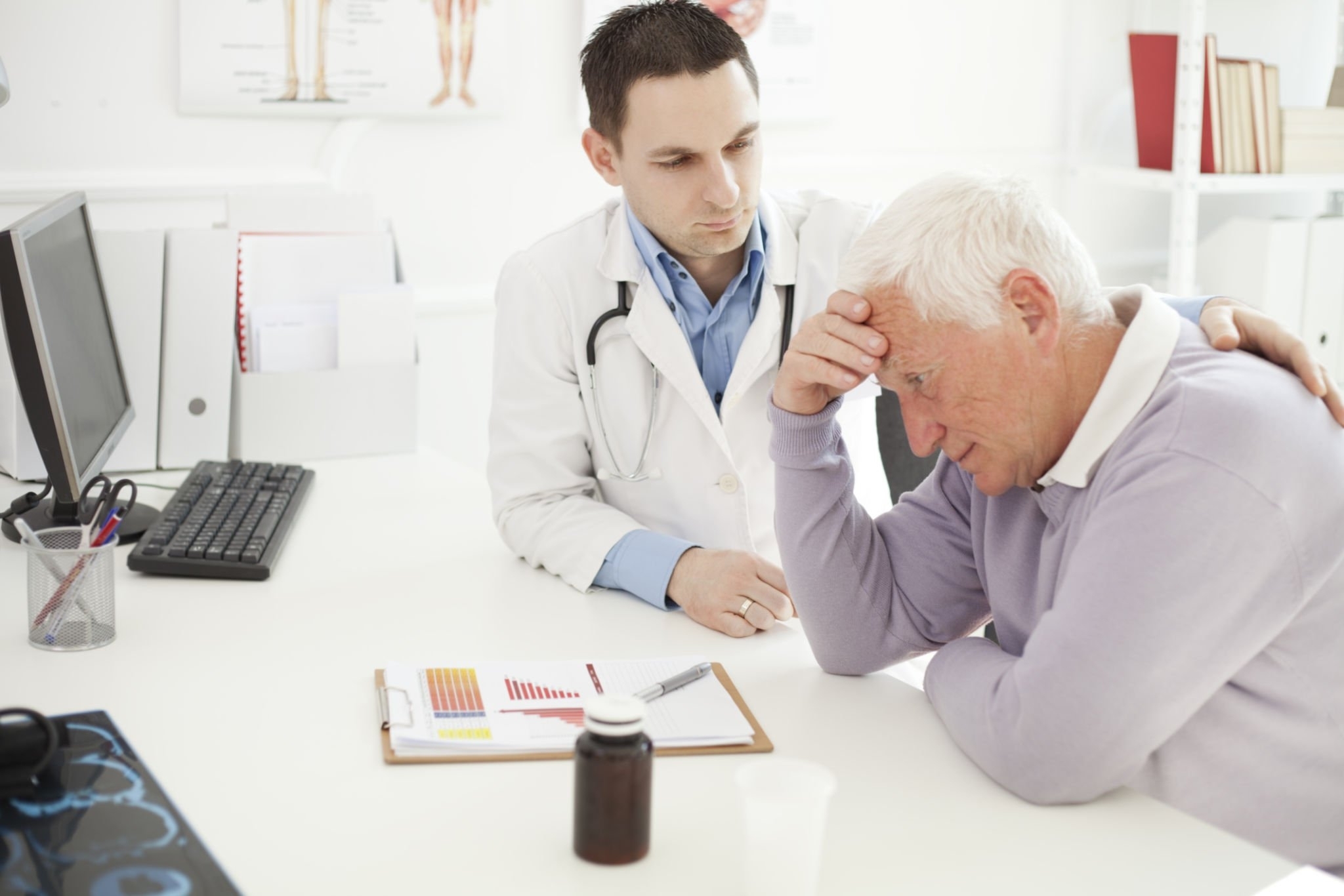Stroke in the Elderly: What You Need to Know
June 1, 2023
As we age, the risk of certain health conditions increases, and one of the most concerning among them is stroke. A stroke occurs when the blood supply to the brain is disrupted, leading to potential long-term damage or even death. It is crucial for both the elderly and their caregivers to be aware of the signs, risk factors, and preventive measures associated with stroke. In this article, we will explore the essentials of stroke in the elderly and provide valuable information to help protect and support their well-being.
Understanding Stroke:

A stroke, often referred to as a “brain attack,” is a medical emergency that requires immediate attention. It can be classified into two main types: ischemic stroke and hemorrhagic stroke. Ischemic strokes are caused by a blood clot that blocks a blood vessel supplying the brain, while hemorrhagic strokes occur when a blood vessel in the brain ruptures and causes bleeding. Regardless of the type, both can have severe consequences for elderly individuals.
Risk Factors:
Several risk factors contribute to the development of strokes in the elderly. Some of the primary factors include high blood pressure (hypertension), smoking, diabetes, high cholesterol levels, obesity, physical inactivity, and a history of heart disease. Age itself is also a significant risk factor, as the likelihood of experiencing a stroke increases with advancing age.
Recognizing the Symptoms:
It is crucial to recognize the signs and symptoms of a stroke to seek immediate medical attention. The acronym FAST is a helpful way to remember the common signs of stroke:
- Face drooping: One side of the face may droop or feel numb.
- Arm weakness: The person may experience weakness or numbness in one arm.
- Speech difficulty: Speech may be slurred or incoherent.
- Time to call emergency services: If any of these symptoms are observed, it is essential to call for emergency medical assistance immediately.
Prevention and Management:
Prevention plays a vital role in reducing the risk of strokes in the elderly. Maintaining a healthy lifestyle is key, which includes regular exercise, a balanced diet, and avoiding smoking and excessive alcohol consumption. Managing underlying health conditions like high blood pressure, diabetes, and high cholesterol through medication and regular check-ups can also significantly reduce the risk of stroke. It is essential to follow the prescribed treatment plans and attend regular medical appointments.
Supporting Stroke Survivors:
For those who have experienced a stroke, the recovery process can be challenging, both physically and emotionally. Caregivers and family members play a crucial role in providing support and assisting with rehabilitation. It is essential to create a supportive environment, encourage participation in therapy sessions, and help stroke survivors regain their independence to the best of their abilities. Communication with healthcare professionals is vital to ensure appropriate care and to address any concerns that may arise during the recovery process.
Conclusion:
Stroke in the elderly is a serious health concern that demands attention and awareness. Understanding the risk factors, recognizing the symptoms, and taking preventive measures can significantly reduce the chances of experiencing a stroke. For those who have had a stroke, providing support and assisting with the recovery process is crucial. By staying informed and taking proactive steps, we can contribute to promoting the well-being and quality of life of our elderly loved ones. Remember, when it comes to stroke, every second counts, so act swiftly and seek immediate medical help if you suspect a stroke.
